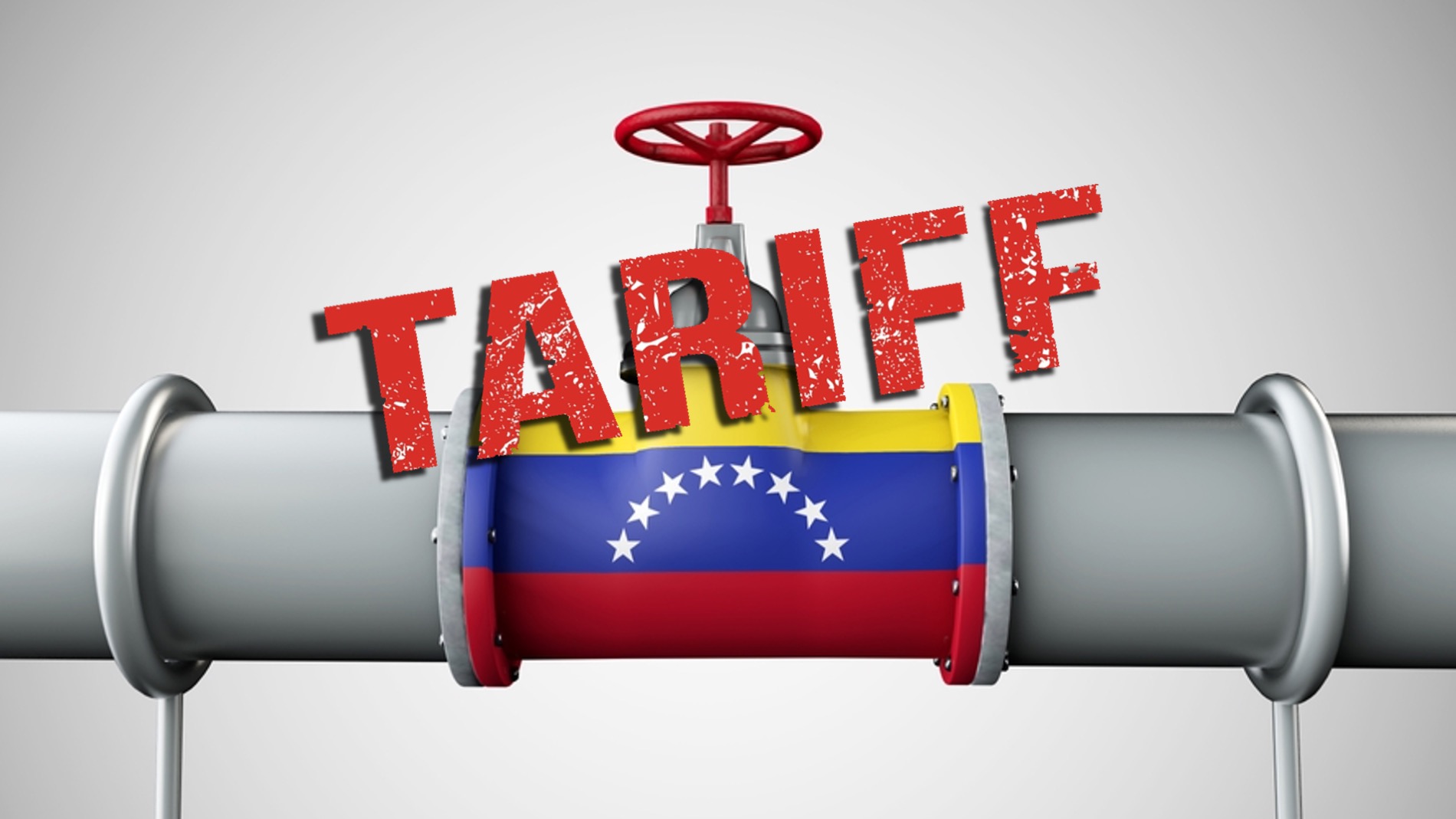In a bold announcement, President Donald Trump has introduced a series of tariffs ranging from 10% to an eye-popping 49%, aimed at various countries around the globe. This initiative, which Trump dubbed "Liberation Day," is positioned as a step towards economic independence for the United States. The implications of these tariffs are significant, as they target some of America's closest trading partners and could reshape global trade dynamics.
Overview of the Tariff StructureTrump's new tariff regime includes a 10% universal tariff on all foreign goods, set to take effect on April 5, 2023. Additionally, reciprocal tariffs will be imposed on select countries, with rates as high as 34% on Chinese imports, 20% on goods from the European Union, and 26% on Indian products. The president defended these tariffs as a response to what he described as unfair trade practices that have led to the U.S. being "looted" by other nations.

Overview of the Tariff Structure
Trump's new tariff regime includes a 10% universal tariff on all foreign goods, set to take effect on April 5, 2023. Additionally, reciprocal tariffs will be imposed on select countries, with rates as high as 34% on Chinese imports, 20% on goods from the European Union, and 26% on Indian products. The president defended these tariffs as a response to what he described as unfair trade practices that have led to the U.S. being "looted" by other nations.
Economic Impact and Global Reactions
While Trump claims that these tariffs will protect American industries and spur local manufacturing, many economists warn of potential repercussions, including rising consumer prices and the risk of triggering a recession. Critics argue that the tariffs could ignite a trade war, destabilizing supply chains and harming global economic growth.
The reaction from the markets has been mixed, with early trends indicating a "risk-off" sentiment, leading to lower treasury yields and a decline in equities. Emerging Asian currencies are particularly vulnerable, with countries like Cambodia and Vietnam facing some of the highest tariff rates.
Sector-Specific Implications for India
For India, the 26% tariff on goods is relatively moderate compared to the higher rates imposed on other nations. Key sectors that may be affected include agriculture, pharmaceuticals, and the auto industry, which are crucial for both economies. Although India has been urged to drop its tariffs, the country is also negotiating a bilateral trade agreement with the U.S., which could alleviate some of the potential negative impacts.
Experts suggest that this situation presents an opportunity for India to rationalize its tariffs and enhance its competitiveness. The trade relationship between the U.S. and India is particularly important, with India enjoying a significant trade surplus with the U.S.
Future Outlook
As the dust settles from this announcement, the long-term effects of Trump's tariffs remain uncertain. While the intention may be to bolster the U.S. economy, the reality of a trade war and its economic fallout could lead to increased volatility in global markets. The coming weeks will be crucial as countries seek to negotiate and find common ground amid rising tensions.
In summary, Trump's tariff announcement marks a pivotal moment in U.S. trade policy, with wide-ranging implications for both domestic industries and international relations. The global community watches closely as nations navigate this new economic landscape, with the hope that dialogue and negotiation can mitigate the risks of escalating trade disputes.
For ongoing updates and insights into the evolving trade landscape, stay connected with our blog.
What's Your Reaction?
















